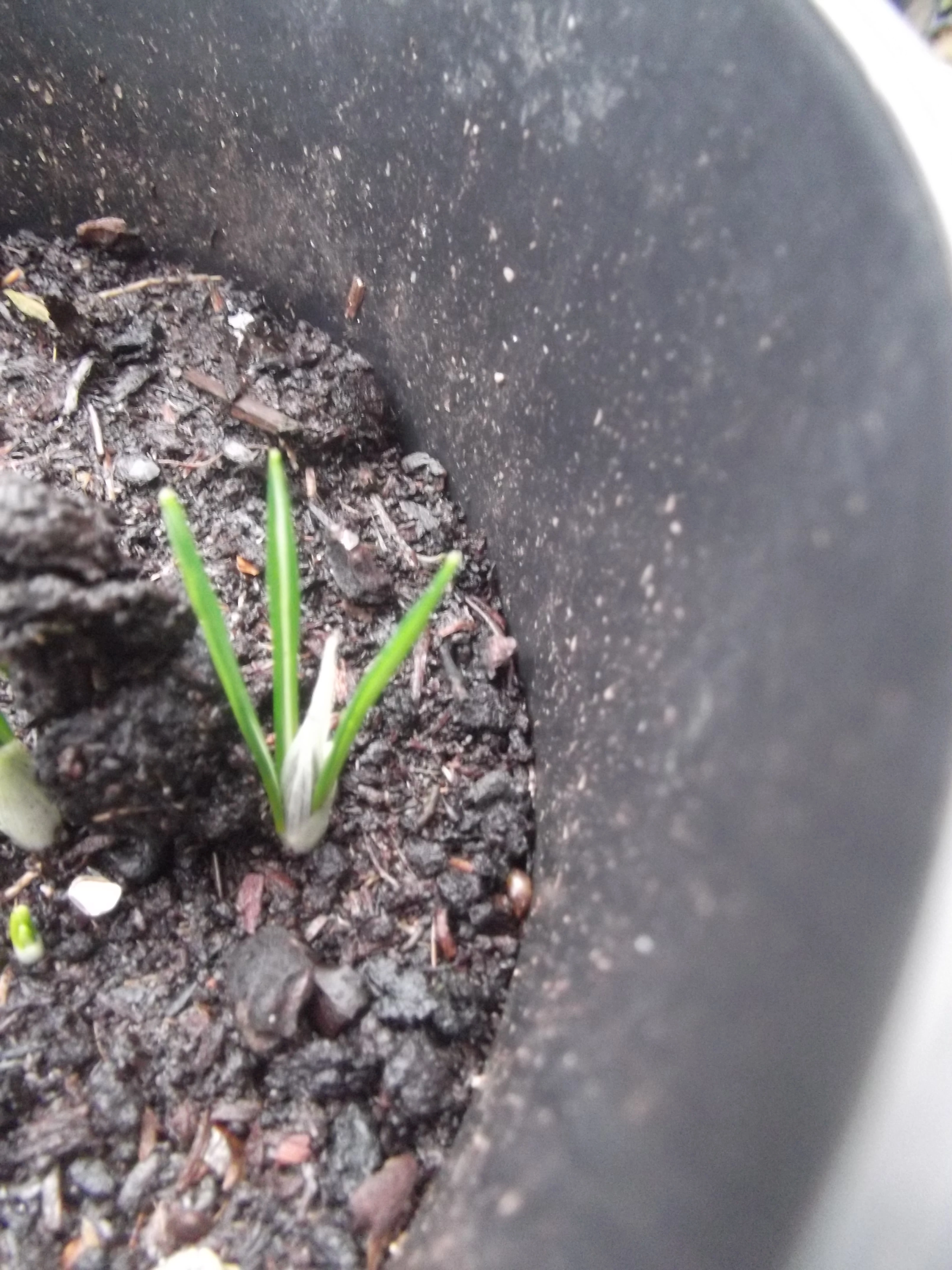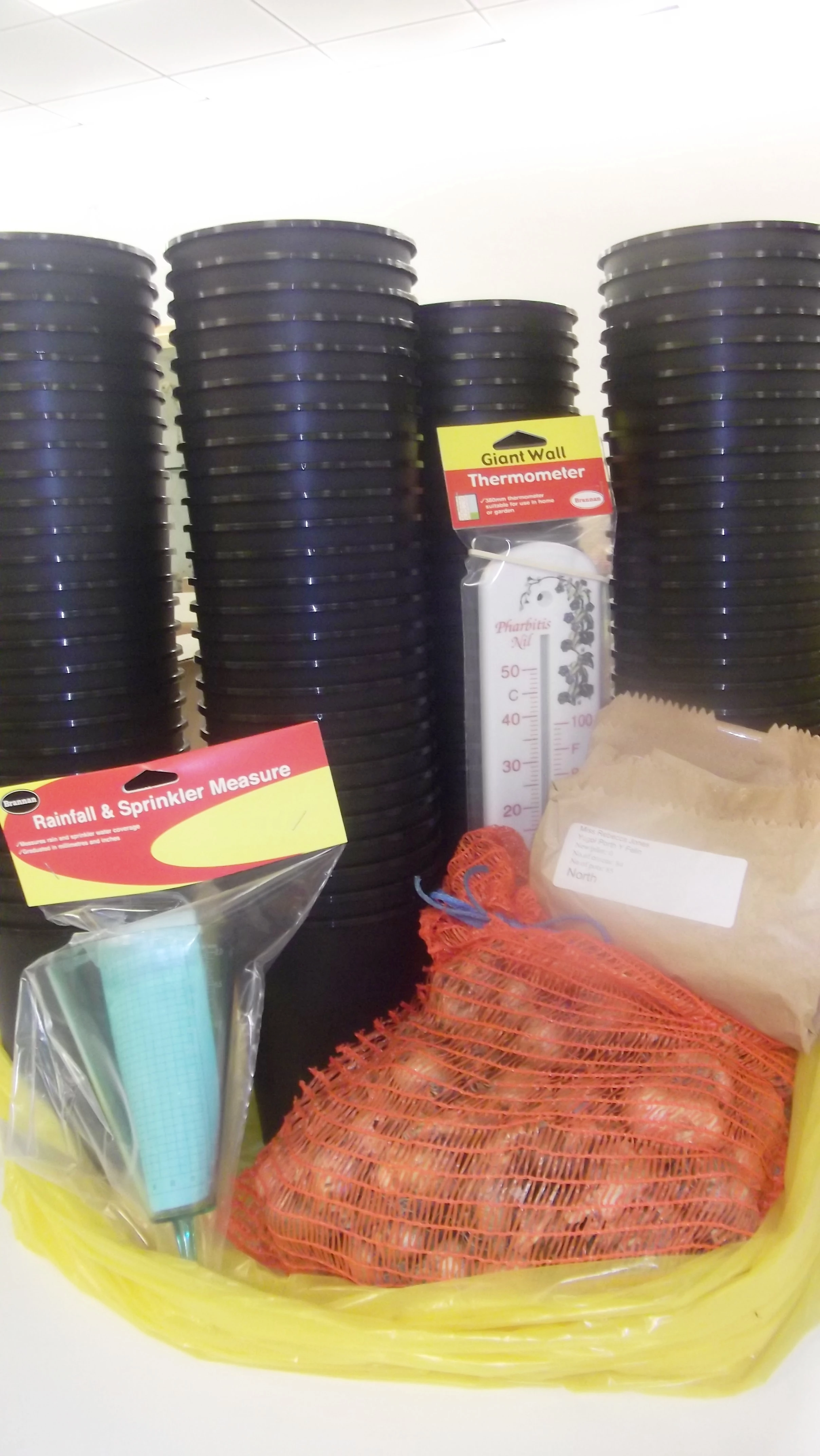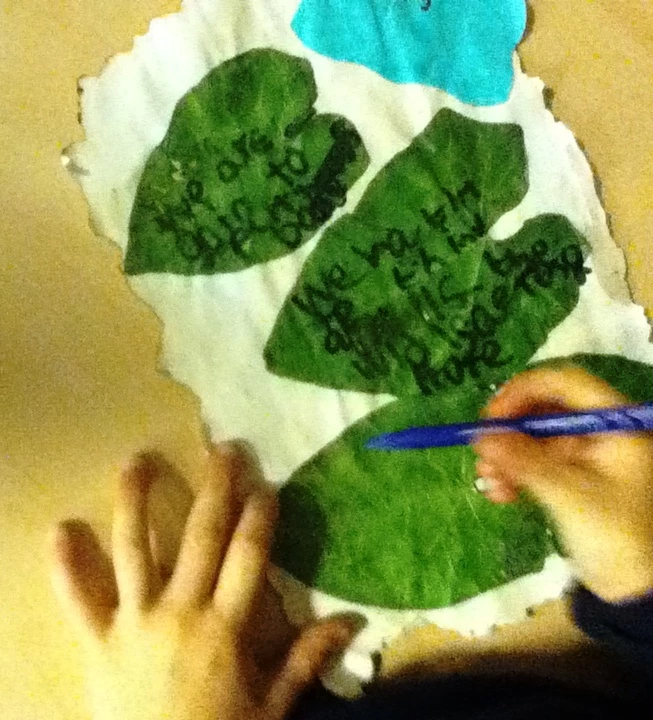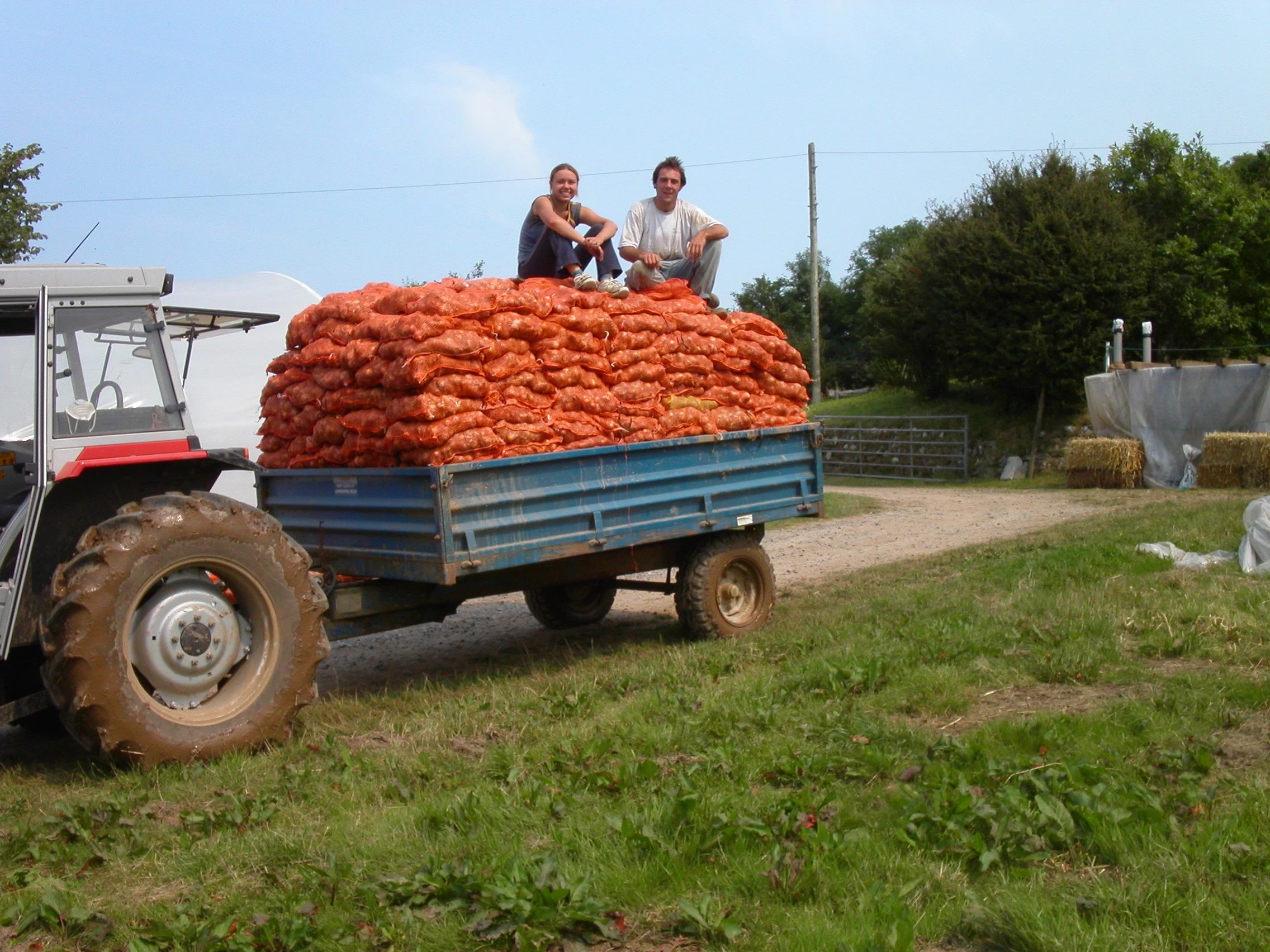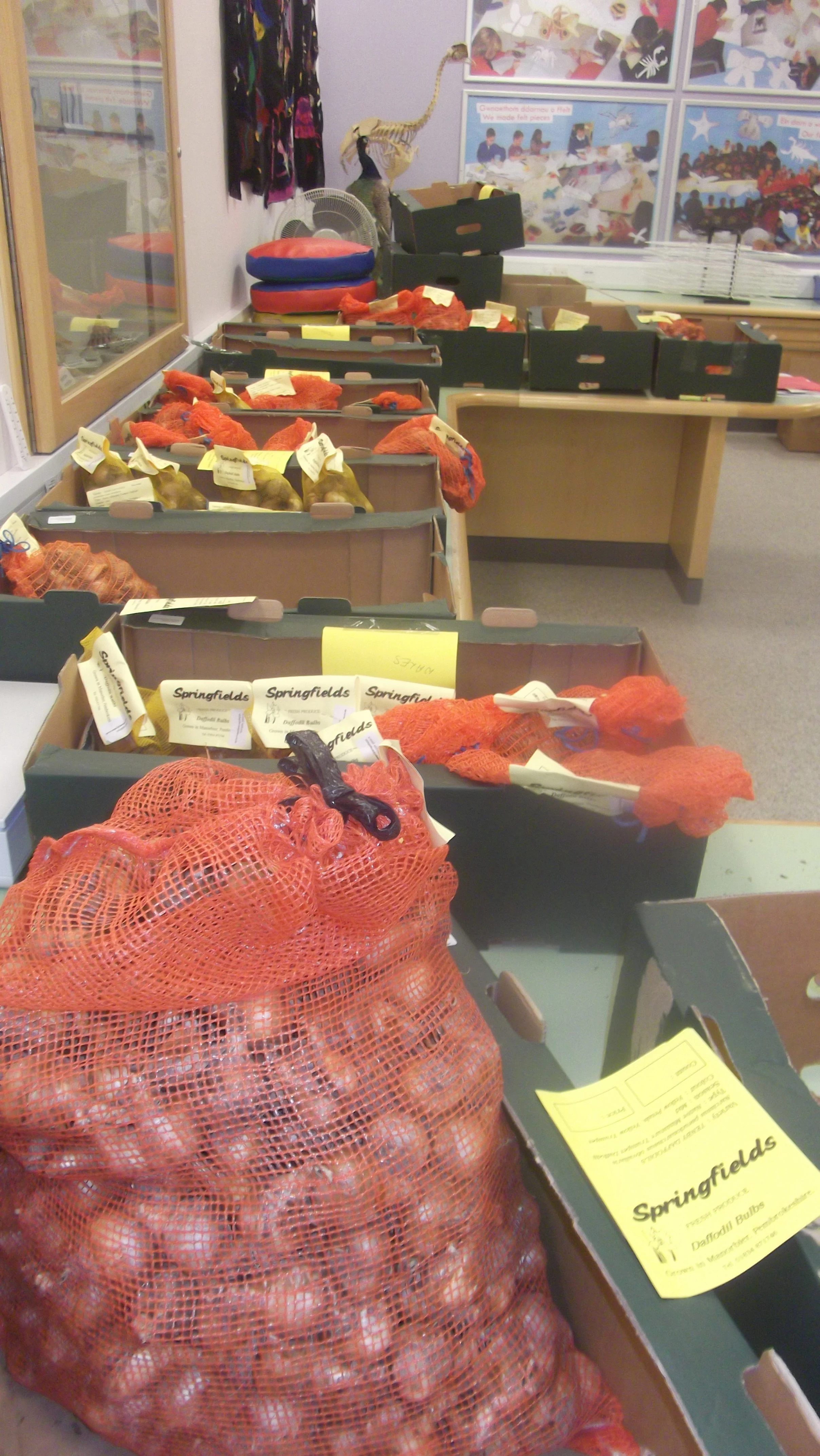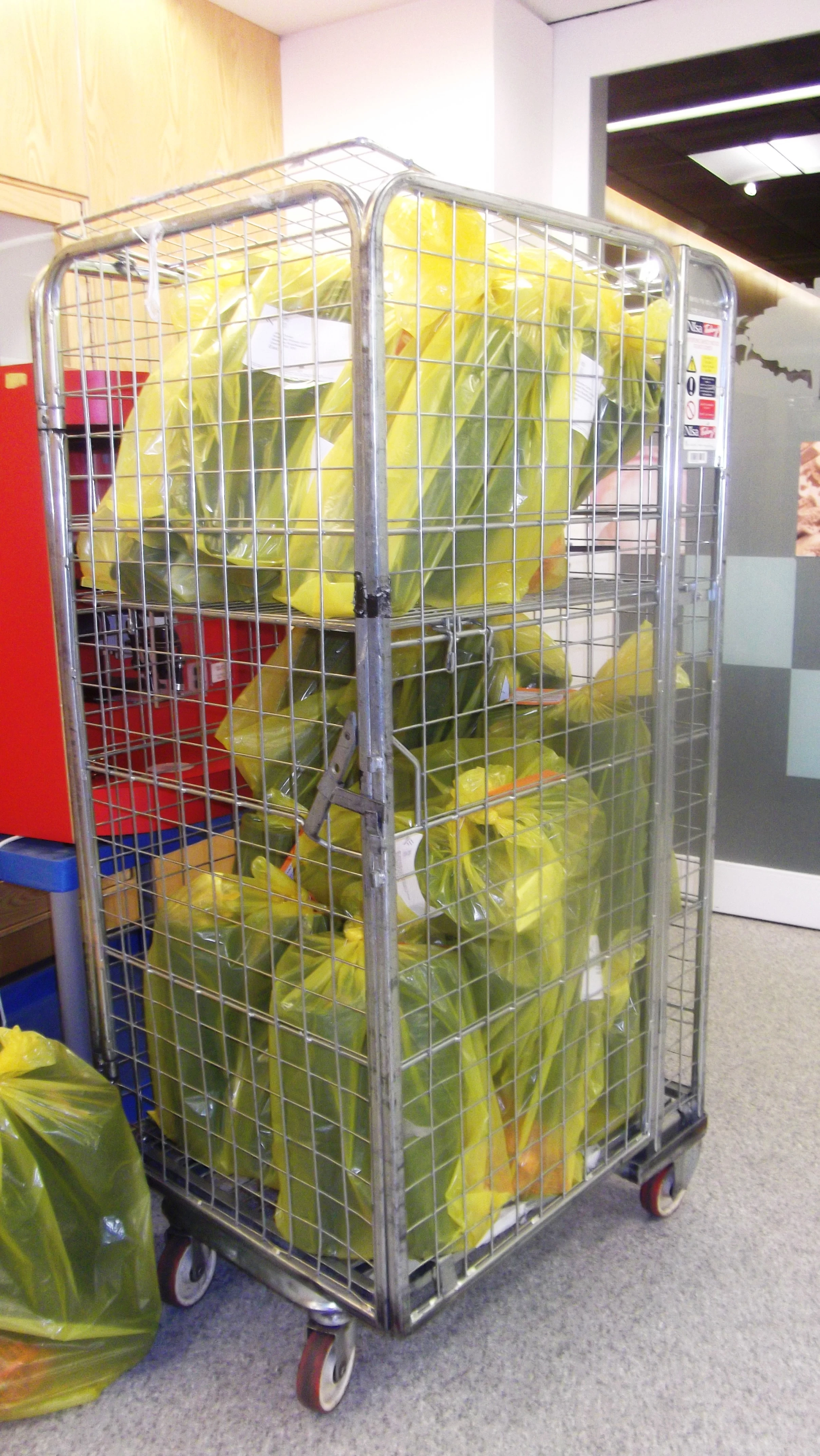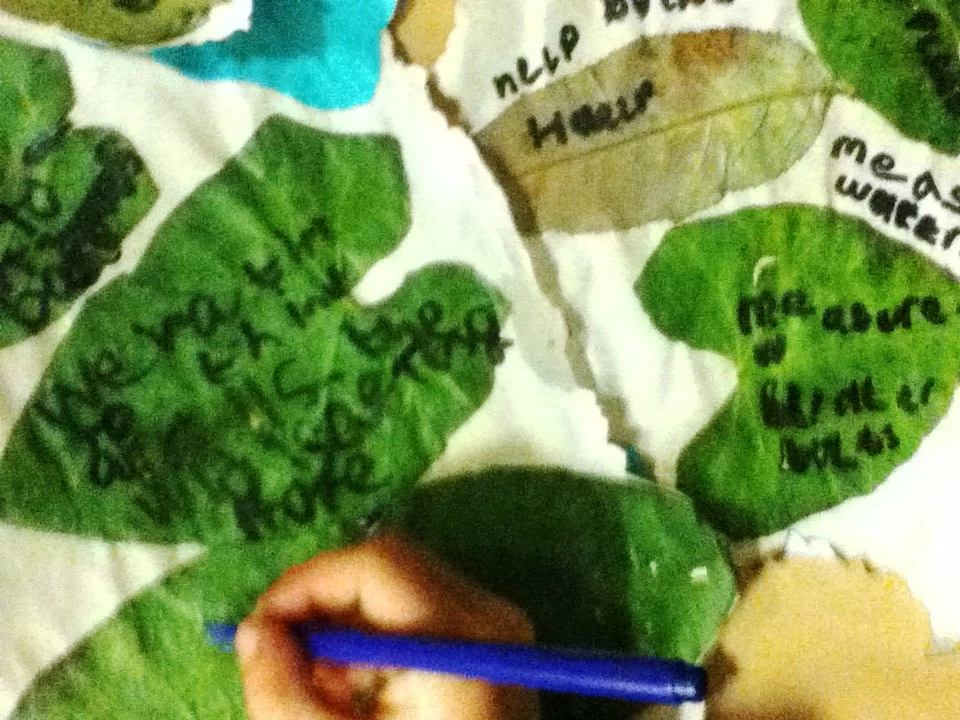Happy Half Term
, 19 February 2013
I hope you had a nice half term break!
I wonder if you had fun outside during half term? When I am out and about in Cardiff I always look to see if there are any flowers growing like mine… have you noticed any growing near you? If you are playing in your garden, going to the park or walking to school you can still be a Super Scientist – here are some questions to help you. Happy investigating!
Can you see any other flowers growing? Can you spot any daffodils or crocuses? Are they bigger or smaller than your plants? Have they started flowering yet?
Kilmaron Special School have sent me a message to say they have noticed something interesting in their school playground…
Kilmaron Special School All our daffodils in pots are now sprouting and for the first time the children are seeing a couple of daffodils in the ground poking through. There’s still no sign of our crocus bulbs. We have daffodils planted up the side of our drive and in our sensory playground and they are taller than our Edina Trust sprouts. We were wondering if it’s because they’re a different type but won’t know until they flower.
Great investigating Kilmaron Special School! Often daffodils in the ground come up quicker than ones in pots; I have wondered why this is too! You are quite right; some varieties of daffodil do grow faster. Another reason could be that plants in the ground are better protected from cold weather than ones in pots. If our bulbs got colder they may grow a little slower! One other possibility is that the daffodils in you playground may have been planted a few years ago. Baby bulbs like ours grow more slowly in their first year, but they will flower again every spring and you may find they grow quicker next year.
Your questions, my answers:
Coppull Parish Primary School I'm worried that we've done something wrong with our bulbs. You see crocuses and daffodils are sending up shoots in our neighbourhood; but none of ours are peeping through at all. Prof P: Don't worry Coppull Parish School! As I've explained above bulbs in pots often grow slower. I hope you will have some growth very soon, keep sending me updates and let me know how your bulbs get on.
St Joseph's Primary School (Penarth) We are very excited because we have started to notice that some of our bulbs have started to sprout - we can't wait for them to flower. It is half term for us next week so we will be interested to see how our bulbs have grown when we return to school on 18th February! Prof P: I hope you all had a nice break, your bulbs might have grown a lot when you get back!
Darran Park Primary We have growth in all of our pots. Some pots contain more than 1 shoot. They seem to be growing quickly now. The mystery pot is showing lots of growth. We are on half term next week so won't be able to send in any records. Prof P: The mystery bulbs are very exciting aren’t they?
Henllys CIW Primary Some crocus shoots are coming up. Prof P: Thanks for your report Henllys CIW Primary, it won’t be too long now until they flower.
Ysgol Porth Y Felin To pp the plants are again all ok they’ve grown a lot since last Friday you can see the temperature has been quite high and there hasn’t been much water. From Ysgol Porth Y Felin. Prof P: I’m glad your plants are okay, excellent weather reporting too.
Milford Haven Junior School They started to sprout and it’s getting warmer. Prof P: Great news Milford Haven! My bulbs are sprouting too, I can see their leaves but I can’t see any flowers yet.
Rogiet Primary School Dear Professor Plant and Baby Bulb, Some of our bulbs have started to appear we hope to see some more after half term. We are looking forward to finding out what our mystery bulb might be. From Year 4. Prof P: HelloRogiet Primary School, I can’t wait to see what my mystery bulbs will look like too.
Ysgol Nant Y Coed The spring bulbs haven't flowered yet but they’re growing. The mystery bulbs are growing the highest. Prof P: I love a good mystery! Do you?
Ysgol Bodafon The weather is getting warmer. Prof P: You are quite right Ysgol Bodafon, hopefully this will help our plants to flower soon.
Many thanks
Professor Plant




